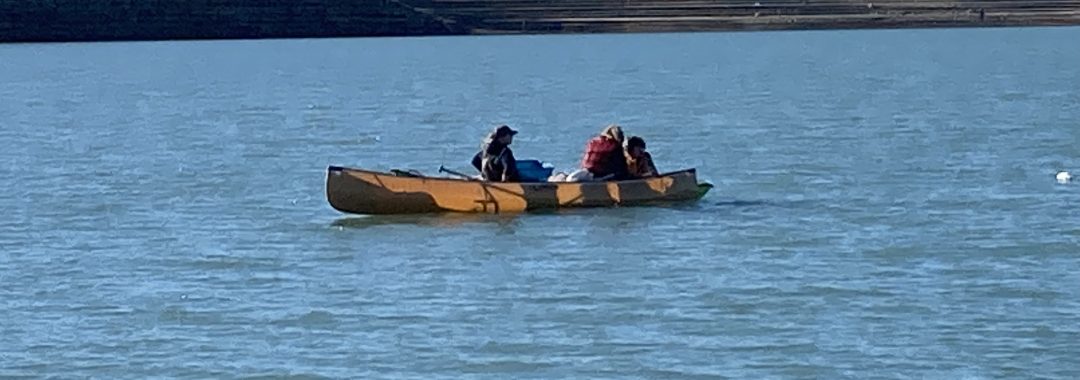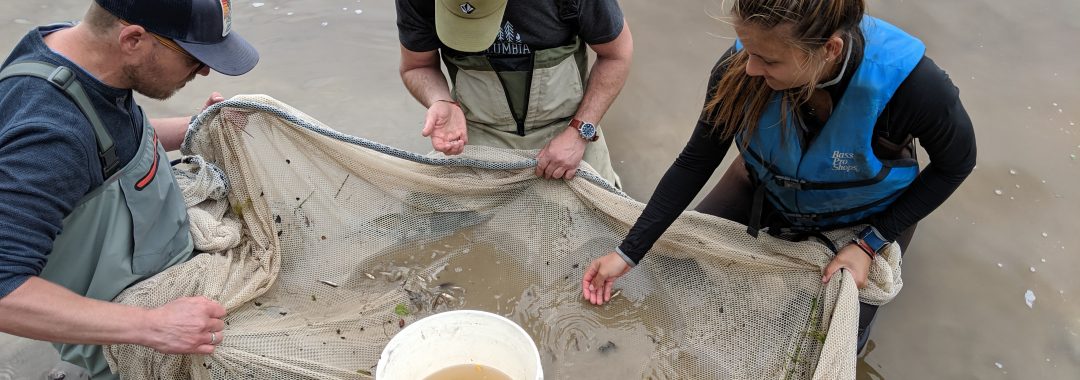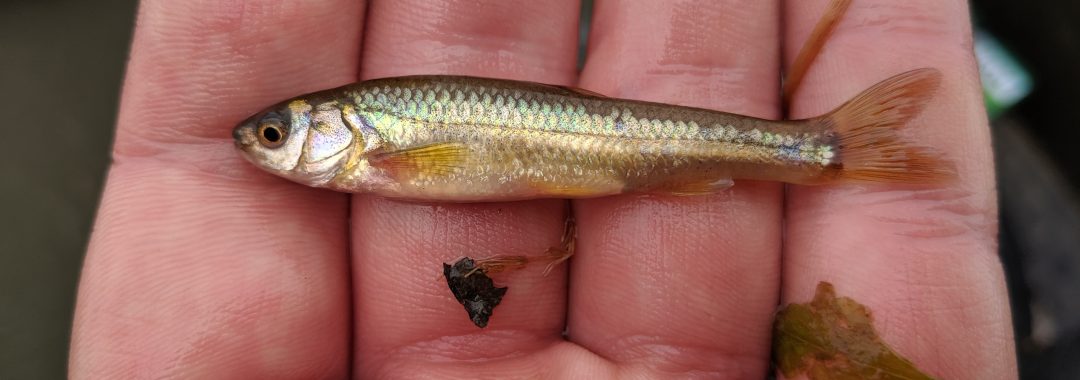Abstract
The expansion of invasive species significantly threatens ecosystem biodiversity and stability, often leading to alterations in food web dynamics and trophic interactions. This study examines the impacts of two invasive species, the Chinese Mystery Snail (Cipangopaludina chinensis) and Northern Crayfish (Faxonius virilis), in Alberta’s reservoir ecosystems. These species, originally from Asia and Canada’s eastern regions respectively, have established populations in Alberta, raising concerns about their effects on local aquatic food webs. Using stable isotope analysis across five reservoirs with varying invasive species presence, we assessed shifts in trophic structure, resource use, and isotopic niche overlap among native and invasive species. Findings reveal that reservoirs with invasive species showed significant changes in food web length, trophic diversity, and isotopic niche overlap, especially in systems where both species coexisted. Notably, both invasive species reduced macrophyte availability, or availability of isotopically similar resources, leading to shifts in fish diets toward higher trophic levels and affecting their trophic positions. Additionally, niche overlap between the two invasives suggests potential competition for resources, with Northern Crayfish possibly predating on Chinese Mystery Snail in resource-scarce environments. These results indicate that invasive species presence can significantly impact trophic structures, leading to competitive exclusion, changes in fish feeding strategies, and broader ecosystem productivity alterations. Future management should prioritize containment and monitor these invasives’ long-term impacts, particularly given their potential to disrupt biodiversity and ecosystem function.
Citation: Edgar M.*, Kimmel, N. and M. S. Poesch. (2025) Community trophic structure within reservoirs change in the presence of invasive Chinese Mystery Snail (Cipangopaludina chinensis) and Northern Crayfish (Faxonius virilis). Aquatic Sciences 87: 99. DOI: 10.1007/s00027-025-01220-z.
Also Read:
*Lab members: Megan Edgar and Mark Poesch. Check out opportunities in the lab!



